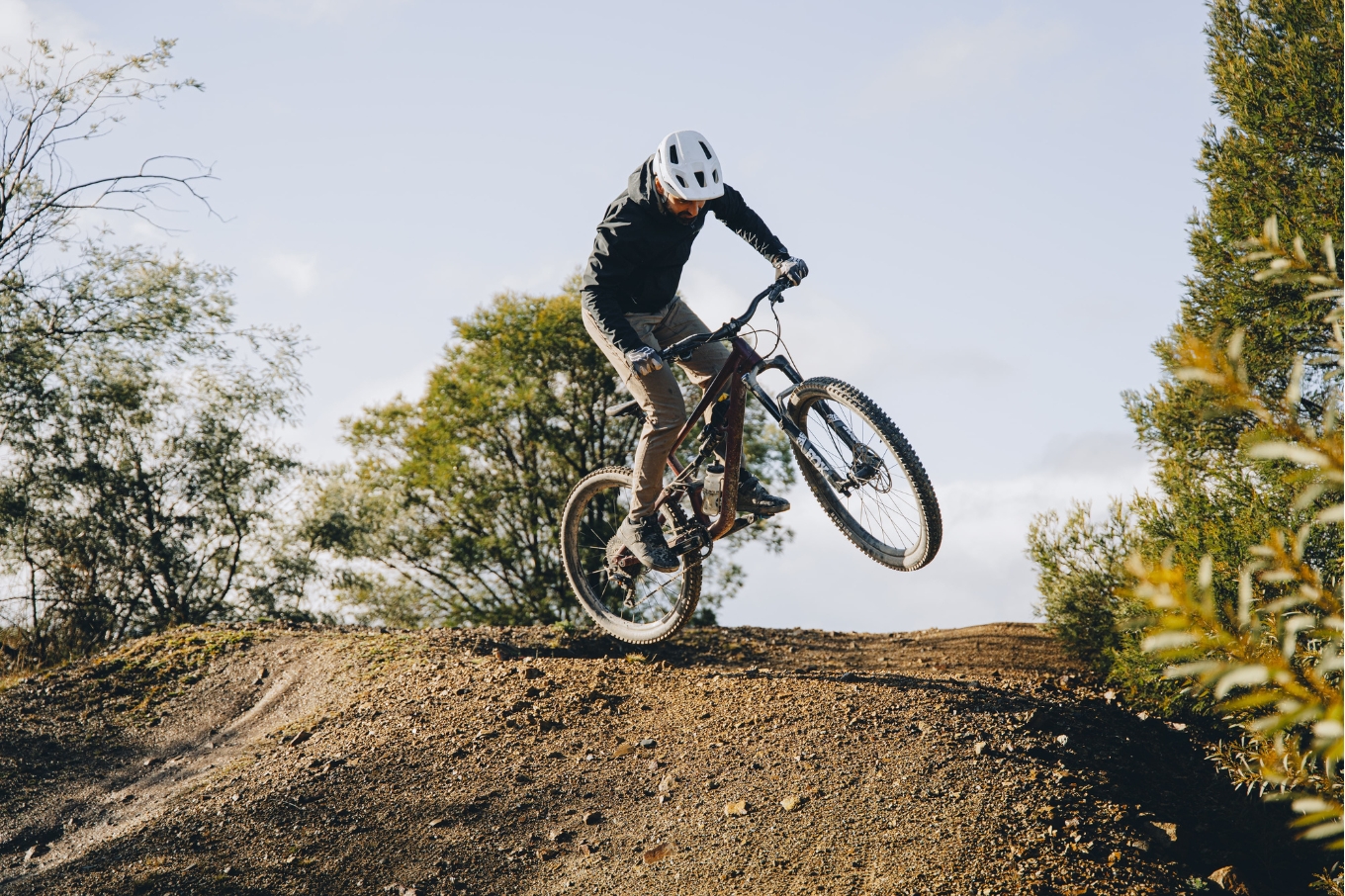How to nurture good MTB culture
Words: Ella Bloor
Mountain biking offers so much more than a sport to develop unique skills to tackle rough terrain on two wheels. For most people in this sport, it provides a platform for community and a sense of belonging. It’s important to remember that everyone’s journey that has led them into the world of bikes is different. We are a community of varying ages, abilities, genders, and ethnicities united by this collective interest in riding bikes.
So, how is good MTB culture nurtured? Good trail etiquette is the absolute minimum starting point for good MTB culture. We’ve all hopefully felt that sense of mutuality as we’ve crossed paths with a fellow trail user and received or shared a simple acknowledgment. A nod, wave, hello or even an appropriate ‘yiewww’ is a recognised gesture for this shared passion of being on two wheels. If we encompass this mutuality, camaraderie and respect for other riders, we are contributing to the good culture. That respect for others extends to passing a slower rider or letting a faster rider pass by. If we adopt the mindset that it’s not just about you, it’s about everyone, we contribute to good culture. Your afternoon shred on trails, race, or morning cruise is no more important than someone else’s. Be kind, say hello, say thank you. It’s not about you; it’s about everyone.
A lot of this good trail etiquette is largely unspoken, particularly if you’re new to the sport, and we old-timers often take for granted knowing the unwritten rules of riding trails. If someone isn’t doing the right thing, let them know, kindly. After all, this could be one of their first few rides, and we want to encourage everyone to feel like they belong. Aside from being a decent human being, being kind, and respecting other trail users, it’s essential to respect your surroundings. Always leave no trace, and take out what you take in. Respect the signage of the trails, and know the rules of two-way trails. The rider slogging it uphill always has the right of way (which, admittedly, took me years of riding trails to know!). Be considerate, and don’t block the trail if you’re stopped, particularly if you’re not visible around a corner or off a jump.
Another key aspect is getting involved in your local MTB community. Engage with local MTB clubs, organizations, or advocacy groups. If there isn’t one, start one. Never underestimate the power you have in nurturing your local MTB community by simply showing up. If you’ve ever been to a local club race, ride, or event, you’ll know that volunteers are the foundation of these communities. I’m surprised there isn’t a support group for burnt-out volunteers, as a breakdown in local groups often comes from the lack of awareness that these events or rides are usually propelled by incredible volunteers who are simply doing their best with whatever time they have to spare. One of the best things you can do is contribute. The next best thing is to thank those who have contributed. Show up to local trail maintenance days and attend committee meetings to help improve things or learn about the barriers. Positive reinforcement and appreciation for each other drive these communities forward and encourage others to follow suit.

Lastly, never assume anything. The phrase’ assumption is a killer’ exists for a reason, and it’s important to never underestimate someone based on what they’re wearing, what bike they’re riding, their gender, or their race. We need to ditch phrases like ‘that’s not mountain biking’ or ‘you’re fast for a girl/man/52-year-old dad with a beer belly’ and learn to respect the diversity and foster the inclusivity this incredible sport enables. Mountain biking is still primarily dominated by male participants, but it doesn’t need to be. We are all responsible for making the trails a place for everyone, and we want to encourage people from the minority groups that do show up despite their underrepresentation.
We are all lucky to have found a sport that enables adults to play like kids, and a sport that gives kids the freedom to grow and learn. So remember, nurturing a good mountain biking culture starts with you.







